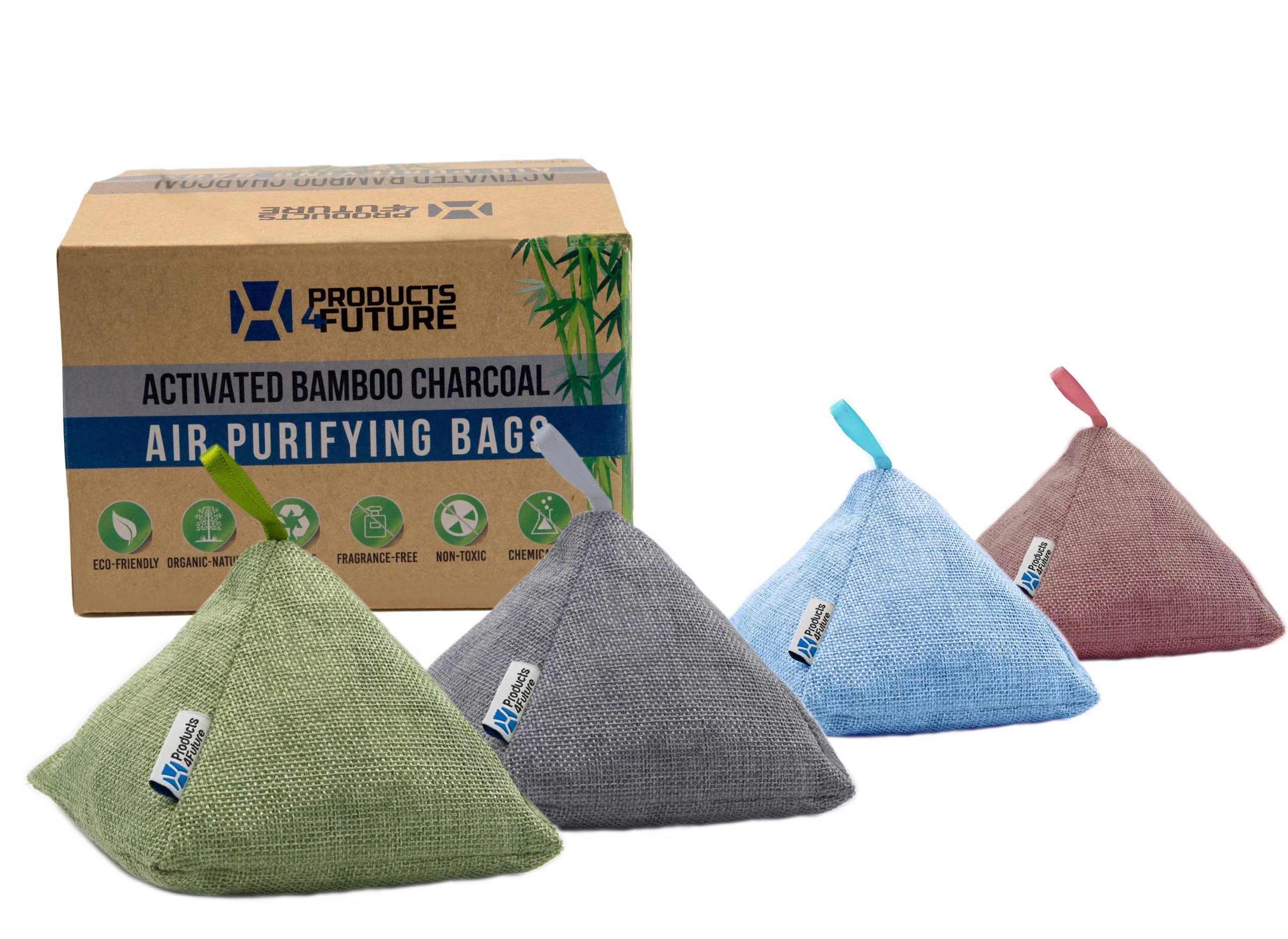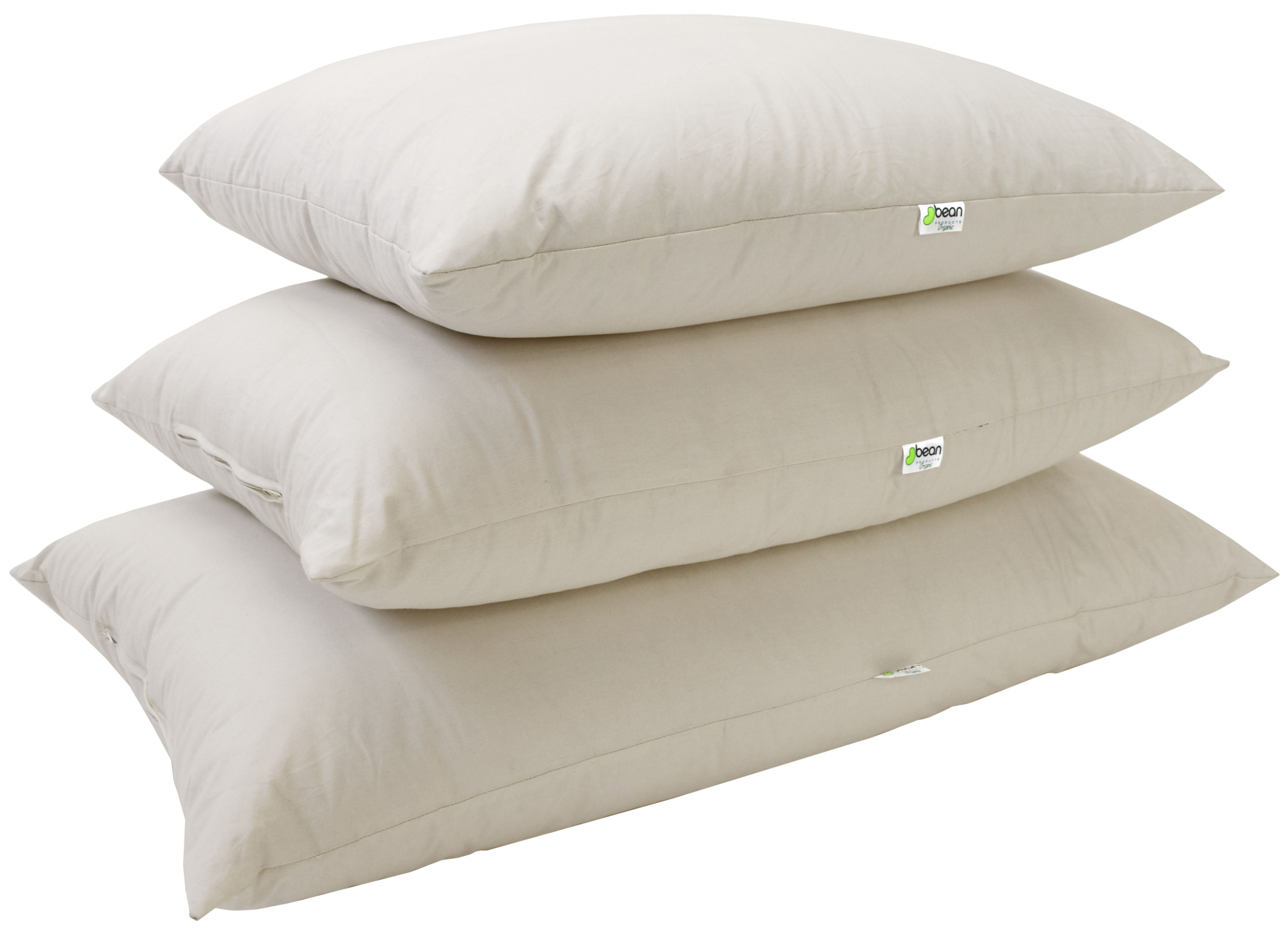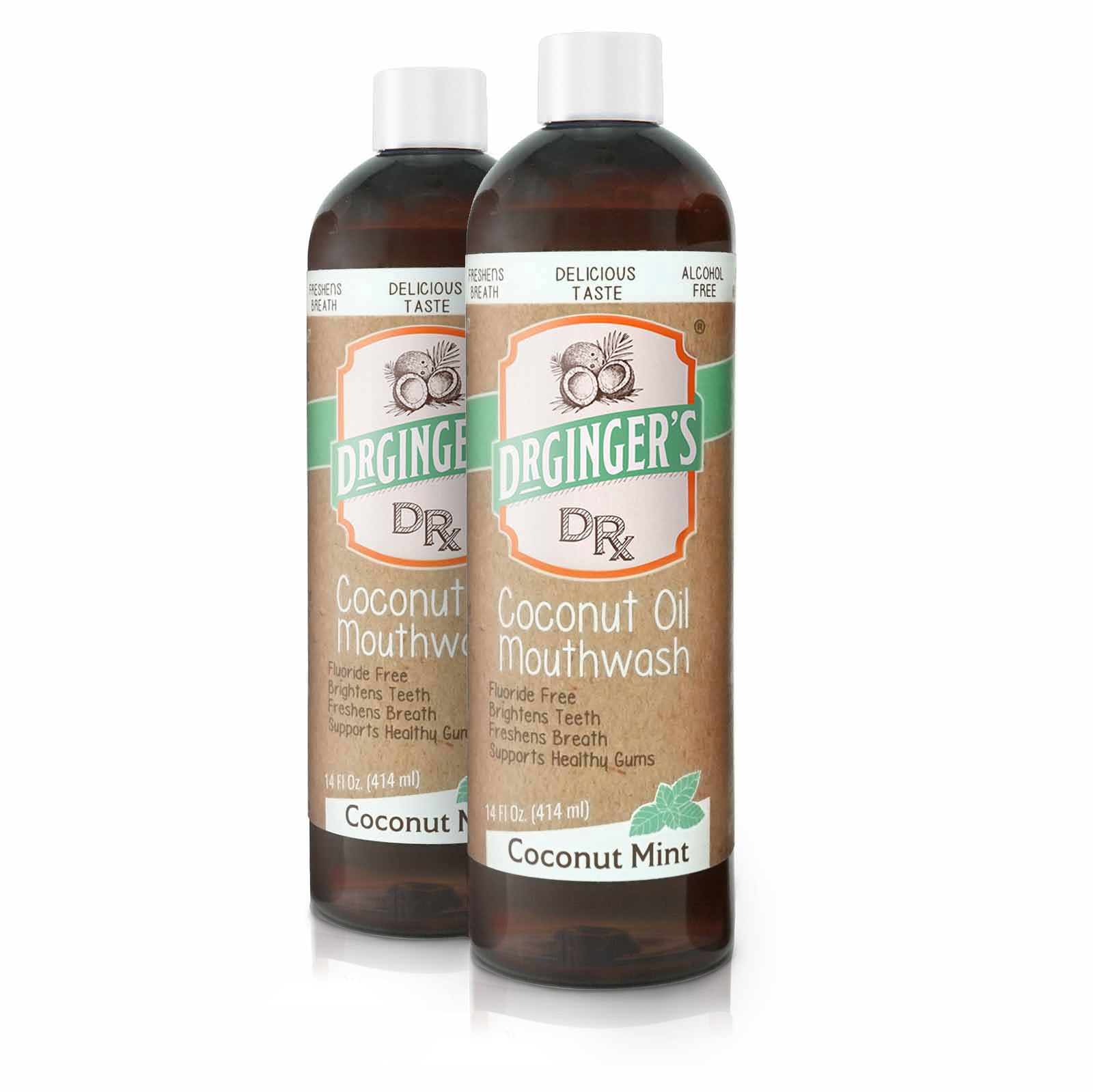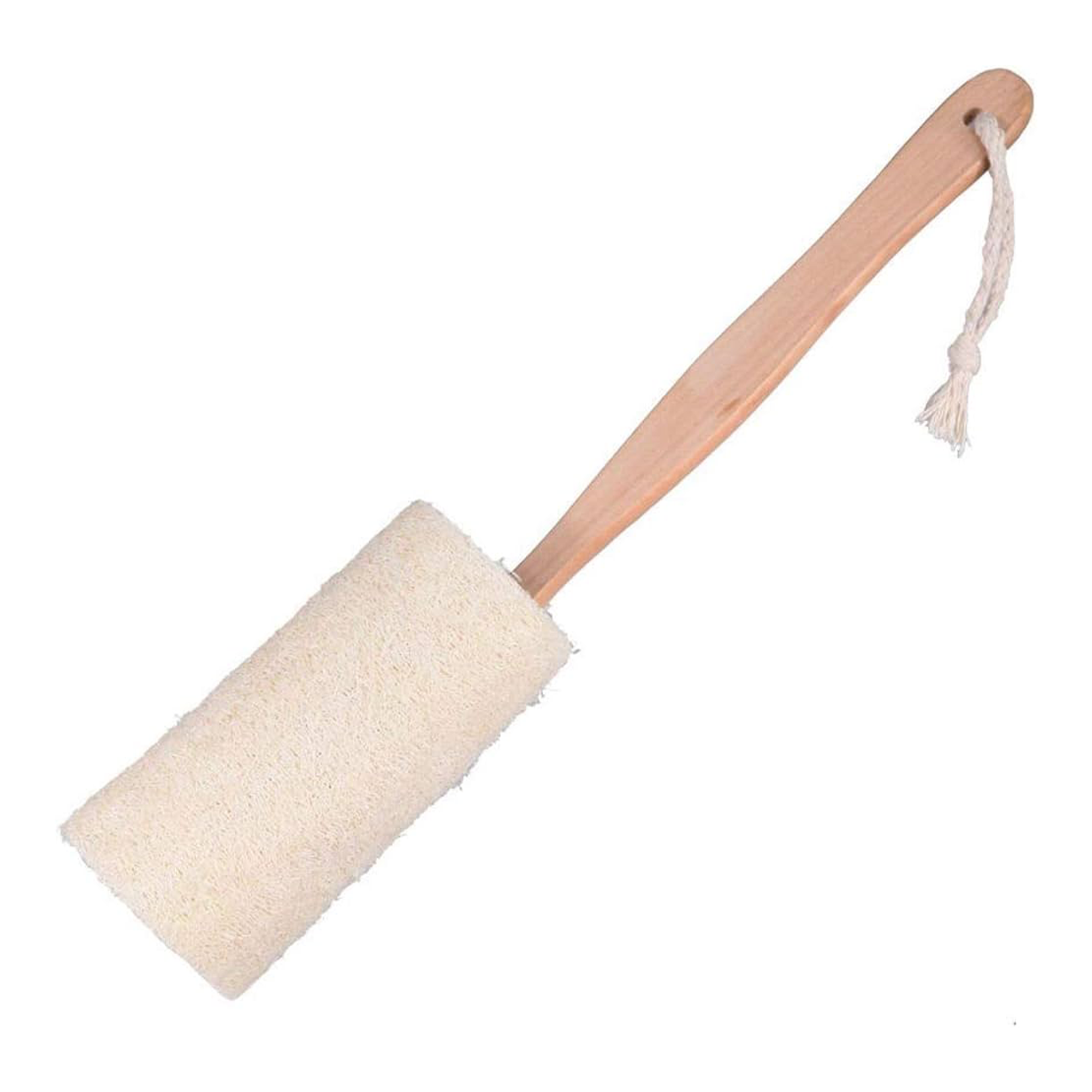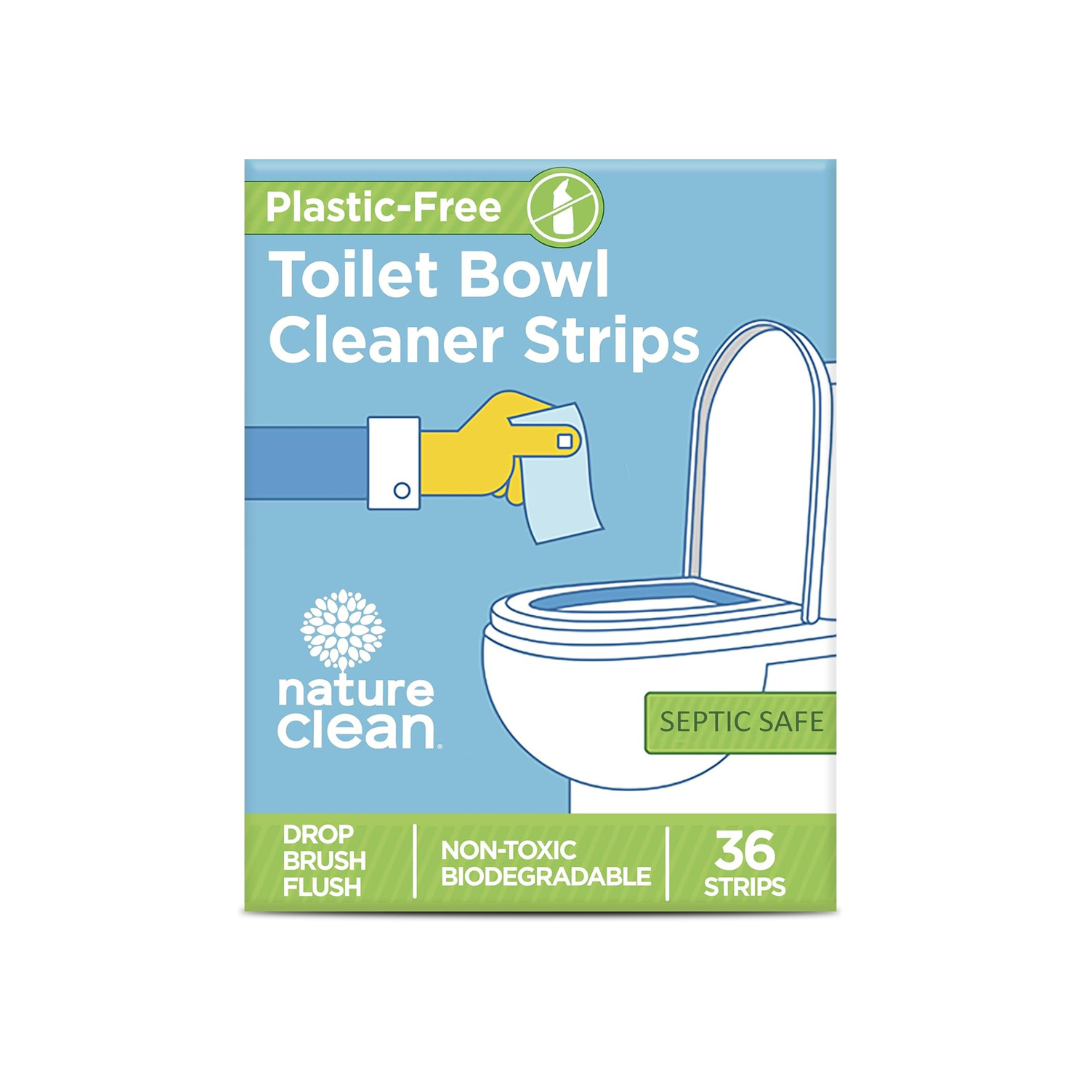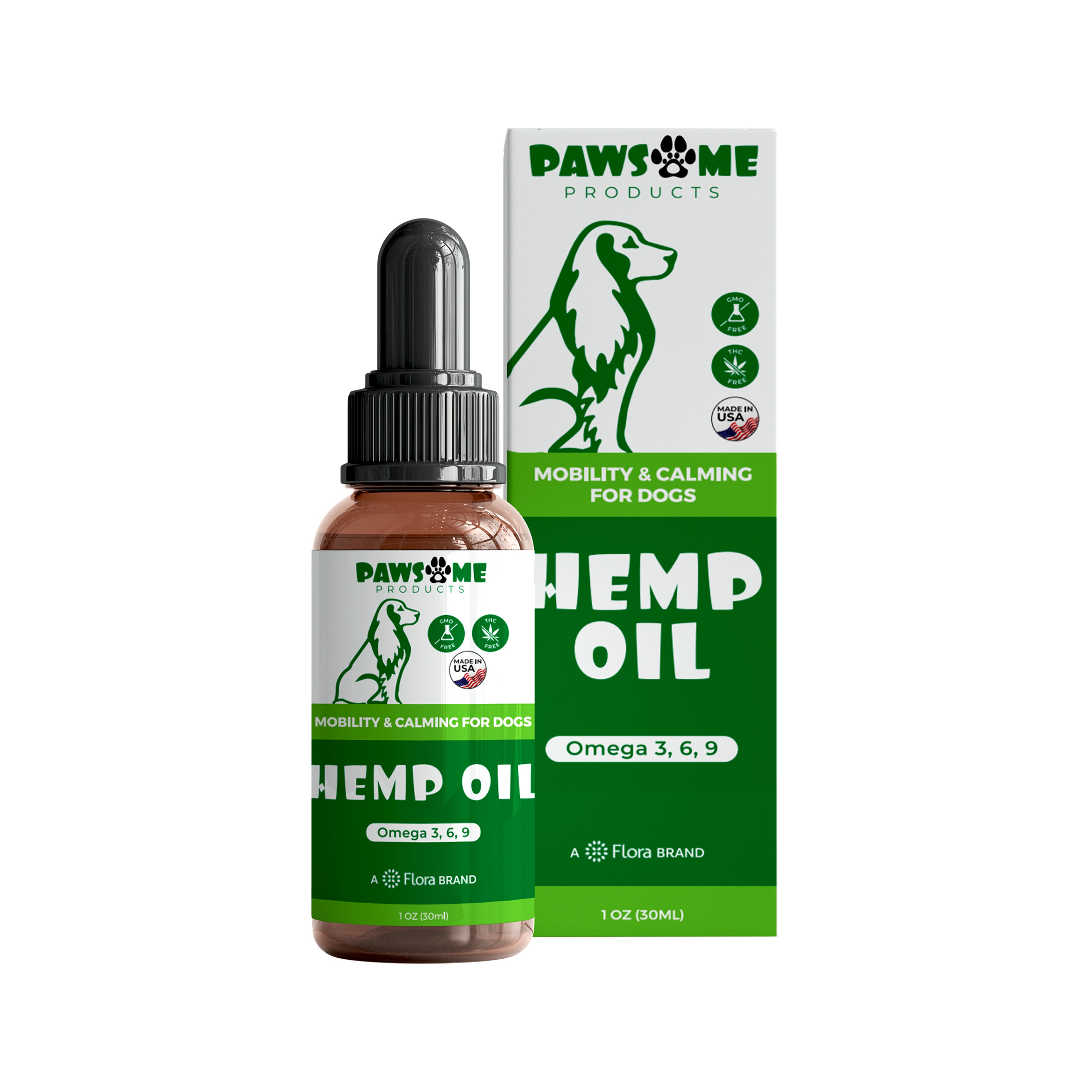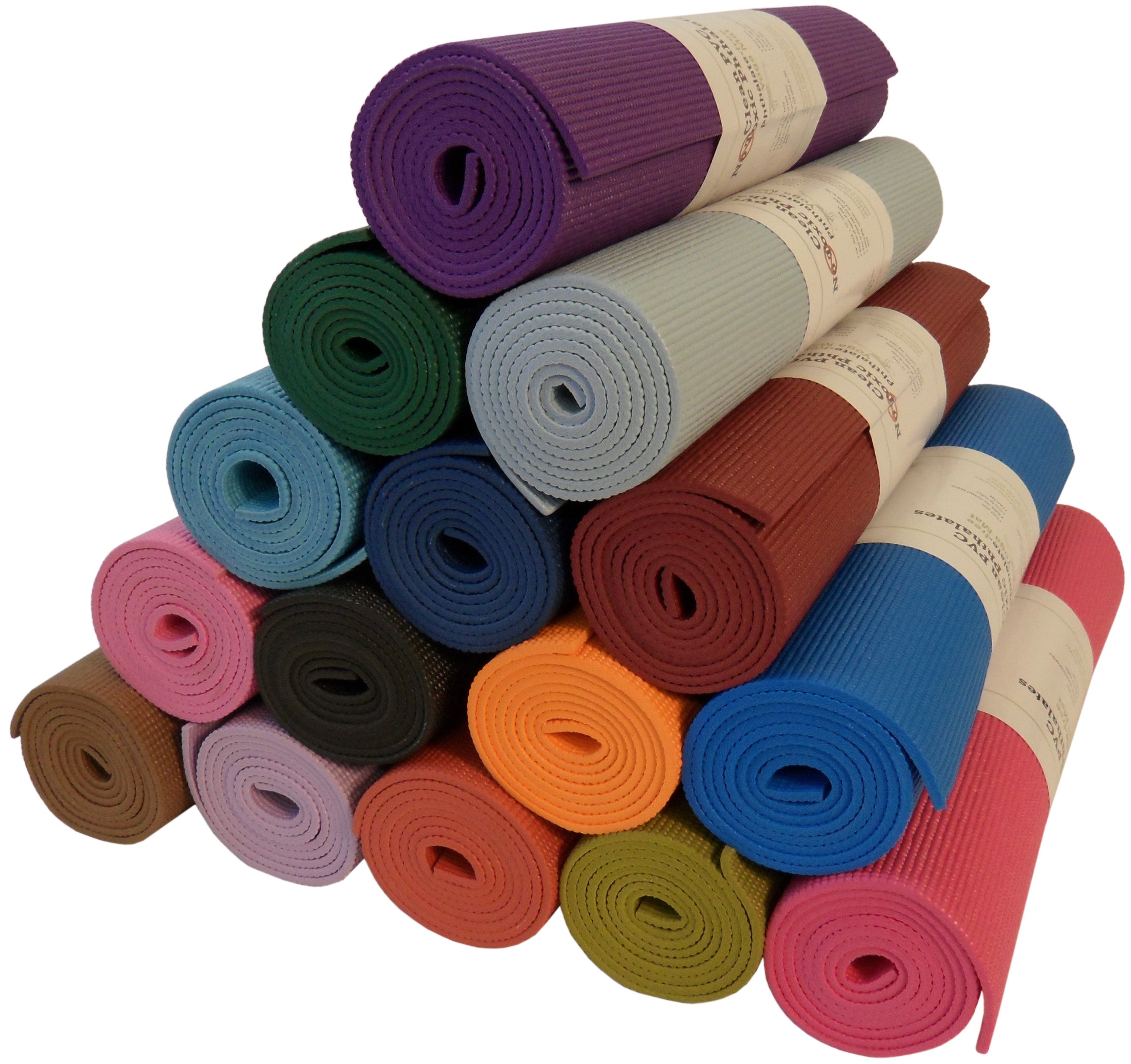Green playtime emphasizes the importance of engaging children with toys that are safe, sustainable, and environmentally friendly. It advocates for play essentials that minimize environmental impact and support the health and well-being of our youngest generation.
The Environmental and Health Impacts of Conventional Toys
Traditional toys, often made from plastics and containing electronic elements, have a significant environmental footprint due to their manufacturing and disposal processes. Plastics, widely used in toy production, contribute to global pollution and are difficult to degrade, leading to long-term environmental harm. Electronic toys may contain harmful substances such as lead and cadmium, posing health risks upon exposure. The environmental and health implications are critical, emphasizing the need for safer and more sustainable alternatives in children’s toys.
Criteria for Choosing Eco-Friendly Toys
Selecting the right toys involves considering several factors that ensure they are both safe for children and kind to the planet:
-
Non-toxic materials: Toys should be free from harmful chemicals, making them safe for children to handle and explore.
-
Ethical manufacturing processes: It's important to support companies that practice fair labor and have transparent supply chains.
-
Durability and longevity: Choosing toys that last longer reduces the need to replace them frequently, thereby minimizing waste.
-
Certifications: Look for products certified by reputable organizations like the Forest Stewardship Council (FSC) and OEKO-TEX, which guarantee that the toys meet stringent environmental and safety standards.
Exploring Safe and Sustainable Toy Materials
Several materials stand out for their safety and environmental sustainability:
-
Wood: Durable and biodegradable, wooden toys made from sustainably sourced wood offer a robust alternative to plastic toys and are free from harmful chemicals such as phthalates and BPA.
-
Organic cotton: Ideal for plush toys, organic cotton is cultivated without toxic pesticides or synthetic fertilizers, making it safer for the environment and for children.
-
Recycled plastics: Utilizing recycled plastics can help reduce waste and support a circular economy, though it's crucial to ensure these plastics are processed to remove any contaminants.
-
Natural rubber: Sourced from rubber trees, natural rubber is a renewable and biodegradable material that serves as an excellent alternative to synthetic options.
By transitioning to sustainable toy materials, we not only reduce the ecological footprint associated with toy production but also create safer play environments for children. This shift helps instill values of sustainability from a young age, fostering a future generation that is more conscious of environmental issues. For more insights on adopting sustainable practices across various aspects of life, visit our blog.
DIY Green Toy Projects
Creating toys at home can be a fun and effective way to ensure that playtime is both sustainable and educational. Some DIY toy ideas include making homemade play clay using natural ingredients like flour, salt, water, and natural dyes, or crafting toys from recycled household items such as old socks and cardboard boxes. These activities not only provide a safe play option but also teach children valuable lessons about sustainability and resourcefulness. For additional DIY toy projects, explore our Baby & Kids blog post category.
Educational Aspect of Eco-Friendly Toys
Toys play a crucial role not just in entertainment but also as educational tools that can help instill important values and knowledge in children. Eco-friendly toys, in particular, are excellent for teaching about resource conservation and environmental responsibility. They can help children understand the importance of preserving our planet through engaging and interactive play. Games that simulate environmental scenarios can be particularly effective, as they allow children to experience the consequences of different actions in a controlled, playful environment.
FAQs
When considering the purchase of children's toys, common questions often arise regarding safety and sustainability:
-
What are the safest materials for children’s toys? Toys made from natural materials such as wood, organic cotton, or natural rubber are usually the safest. Ensure any plastics are BPA-free and phthalate-free.
-
Why is sustainability important in children's toys? Sustainable toys help reduce environmental damage and safeguard children from exposure to toxic substances, while also teaching them about environmental stewardship.
-
How can I verify the sustainability of a toy? Look for certifications like FSC for wood products and OEKO-TEX for textiles, and review the brand's manufacturing processes and material sourcing for transparency.
Choosing eco-friendly toys plays an essential role in promoting a sustainable future and ensuring the health and safety of children. For more information on sustainable materials and the safest materials for children’s products visit our Baby & Kids collection.




